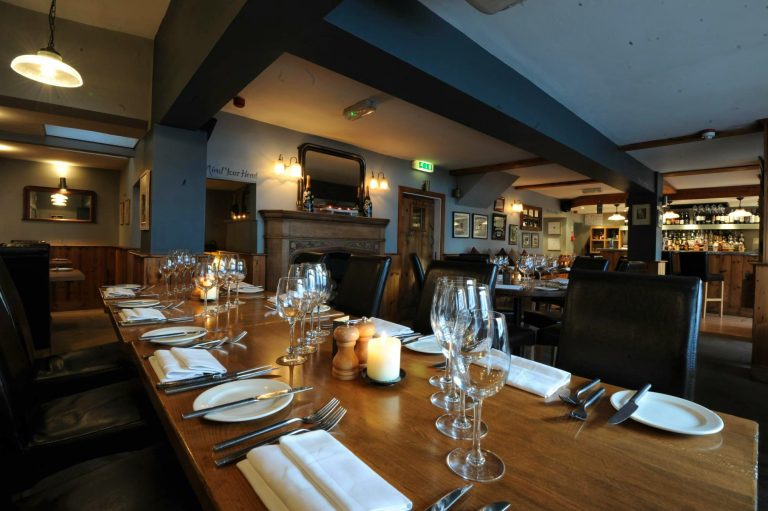Profile
The Barbican Centre
The Barbican Centre is one of the largest and most significant cultural venues in London, renowned for its diverse range of artistic offerings and its striking Brutalist architecture. Located in the heart of the City of London, the Barbican serves as a hub for the arts, hosting a variety of performances, exhibitions, and events that cater to a wide audience. The Centre is not only a place for the arts but also a vibrant community space that encourages creativity and engagement.
Architectural Significance
The Barbican Centre is an architectural marvel, designed by the architectural firm Chamberlin, Powell and Bon. Completed in the 1980s, the Centre is a prime example of Brutalist architecture, characterized by its raw concrete structures and bold geometric forms. The design of the Barbican is not just about aesthetics; it reflects a vision of urban living that integrates cultural spaces with residential and commercial areas. The complex includes a concert hall, theatre, cinema, art gallery, and a library, all interconnected by a series of walkways and gardens, creating a unique urban environment.
Cultural Offerings
The Barbican Centre is home to a wide array of cultural activities. It hosts performances from the London Symphony Orchestra, contemporary dance companies, and theatrical productions, making it a key player in London’s performing arts scene. The Barbican Theatre is known for its innovative programming, often showcasing new works alongside classic plays. Additionally, the Barbican Cinema offers a curated selection of films, ranging from mainstream blockbusters to independent and international cinema, often accompanied by special events and discussions.
Art and Exhibitions
The Barbican Art Gallery is a prominent space for contemporary art exhibitions, featuring works from both established and emerging artists. The gallery is known for its ambitious exhibitions that often explore themes of social relevance and artistic innovation. Visitors can expect to see a rotating schedule of exhibitions that challenge conventional perspectives and engage with current issues in society. The Centre also hosts various art installations and public art projects throughout its grounds, further enriching the cultural landscape of the Barbican.
Community Engagement
Beyond its role as a cultural institution, the Barbican Centre is deeply committed to community engagement. It offers a range of educational programs, workshops, and outreach initiatives designed to make the arts accessible to all. The Centre collaborates with local schools, community groups, and artists to foster creativity and provide opportunities for participation in the arts. This commitment to community involvement helps to cultivate a sense of belonging and encourages a diverse audience to engage with the cultural offerings of the Barbican.
Dining and Amenities
The Barbican Centre also features a variety of dining options, from casual cafes to more formal restaurants, allowing visitors to enjoy a meal or a drink before or after a performance. The on-site amenities, including a library and a garden, provide additional spaces for relaxation and reflection, making the Barbican a well-rounded destination for both cultural and leisure activities. The Centre’s commitment to providing a comprehensive experience ensures that visitors can enjoy not only the arts but also the surrounding environment and facilities.
Map
Sorry, no records were found. Please adjust your search criteria and try again.
Sorry, unable to load the Maps API.


